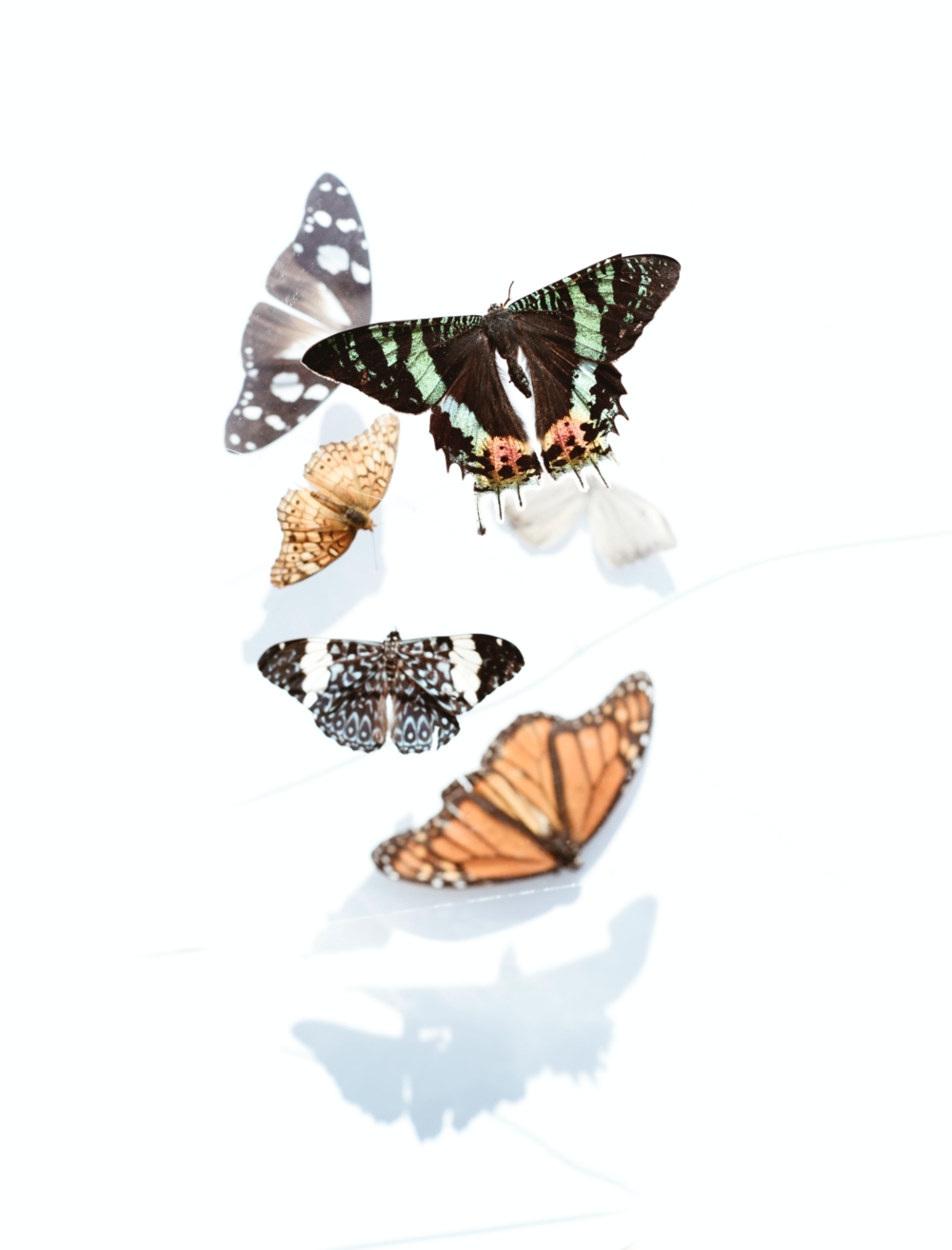(or deck… or windowsill) “
By Marca Leigh
By now perhaps you’ve been hearing about all the pollinator gardens popping up around Stratford, along the northeast corridor, and now the rest of the country. What are these gardens exactly, and why are they important? How can we, both as residents and government officials in the town of Stratford, implement even more innovative and comprehensive planning and legislation to join a fast growing movement to help our native local ecosystems?
The pollinator pathway initiative began here in Connecticut! You can read all about their beginnings at https://www.pollinator-pathway.org/
These gardens are designed with mainly native plants and flowers to provide nectar and pollen, but most importantly to be host plants to our native insects such as bees, butterflies, moths, skippers, etc.
While there are some beneficial annuals, native plants are particularly important because they co-evolved over millions of years in tandem with our native insects. For instance, the nonnative butterfly bush Buddelia (although beautiful and popular with nectaring pollinators) does not provide a home for any of our native insects, as it is originally from Asia.
Milkweed, however, is home to dozens of species, including the magnificent Monarch butterfly! I sometimes like to refer to milkweed as the “all night diner” of the insect world, as it provides food and home to so many. Monarch butterflies can ONLY lay their eggs on milkweed. Without milkweed there are no monarchs!
Many native species specialize on specific plants. The stunningly blue Pipevine Swallowtail uses only – you guessed it- Pipevine- as it’s host plant. Without Pipevine there are no Pipevine Swallowtail butterflies.
One of the reasons for the recent collapse in the monarch population is due to the eradication of milkweeds from our farms and roadsides. Meadows and wildflower fields are quickly becoming a thing of the past.
With initiatives like the Pollinator Pathways and Home Grown National Park (https://homegrownnationalpark.org/),we are slowly bringing them back from the brink. Planting milkweed and other native host plants in home, town, roadside and school gardens are making a difference and linking together to form a “pathway” so they don’t have to fly endlessly to find a place to lay eggs or stop for a nectar break, especially during migration.
They still face challenges such as pesticides, climate change and loss of habitat. We can help by creating even a small habitat and eliminating the use of pesticides (even organic pesticides such as BT kills butterfly caterpillars).
The Longbrook Park Pollinator garden, which was planted this past April, has already become home to the Eastern Black Swallowtail butterfly, who laid her eggs on a fennel plant sometime last week. They will also lay eggs on wild carrot (Queen Anne ’s lace), dill, rue, and golden Alexander. Look for bright yellow green patterned caterpillars in the coming week.
As for the Monarchs, be sure to keep an eye out in September as they make their way back south!
In addition to pollinator gardens, planting native trees such as oaks and wild cherries, called “anchor species”, will also boost the caterpillar population which in turn will feed birds. One oak can provide over 400 species of caterpillars. Caterpillars are basically baby food for birds, as baby birds cannot eat birdseed. If you love having birds on your property, plant these tree species and keep your tall healthy trees. Chickadees need 750 caterpillars PER DAY to feed a nest of babies!
They will thank you by choosing to nest nearby.
But why is any of this important? We all know that the honeybee is important for honey production and pollinating our crops, but surprisingly the honeybee is actually not native to the United States. Honeybees are from Europe. While they have their place here (who doesn’t love honey?) the real focus of these gardens is to plant native and remove invasive species such as oriental bittersweet and burning bush.
They are called “invasive” because they are now finding their way into our wild local ecosystems and displacing our native plants, which means fewer homes for native insects and caterpillars, which means fewer birds. The balance becomes disrupted.
According to a study by Cornell, bird populations have dropped dramatically since the 1970s. We have lost 3 billion birds in the last few decades. Causes are habitat loss (trees and meadows) lack of food (insects and wild plants ) and once again: pesticides. Climate change is also playing a part.
We are also experiencing an “insect apocalypse”. This is not hyperbole, many articles have recently been written on the subject, but one only has to take note of the lack of needing to clean their windshields after driving on an open road. When was the last time you squeegeed iridescent green splotches and squished wings from the driver’s side? It used to be a common task during road trips. Not anymore.
So we know pollinators are important for our crops to keep us alive. We know they provide us with their natural beauty which in turn brings us peace and calm. But scientists are now learning that humans are truly part of a web of BIODIVERSITY. Loss of species and habitat are both figuratively and literally causing a “butterfly effect.”
Our ecosystems, both local and global, our soil, air and water, even our climate are all impacted. While it may seem preposterous that losing just one species can have such a dramatic effect, consider the ongoing chronicles of the reintroduction of wolves to Yellowstone National Park which are bringing back balance after they were eradicated in the 1930s.
“It is like kicking a pebble down a mountain slope where conditions were just right that a falling pebble could trigger an avalanche of change,”…. “What we’re finding is that ecosystems are incredibly complex”.
As we view the world around us, even in our own yards, we might consider making more room for nature to help keep our own local ecosystems in balance. Giving a leg up to our native species can help defend their decline in the wake of the invasive spotted lantern fly, Asian jumping worms, and ash borers.
In Connecticut, over 600 species are threatened endangered or of special concern. Eight of them are bat species (more on our nocturnal pollinators later). Our shoreline habitats are at a critical loss. Stratford can help turn it around by doing even more to preserve their shoreline, their inland wetlands and their wooded lots, no matter how large or small, from pollution and development. One way would be by implementing an official Land Trust to protect the last wild places in Stratford from being paved over and forever lost. If we are to do this we must act quickly, as there has been a recent “development boom,” and several natural places are already gone.
We can support biodiversity here in Stratford. Just planting one native host plant outside your window can make a difference. Learning more is the first step. Happy gardening!
Sources:
https://ctconservation.org/wp-content/uploads/What_is_a_Land_Trust.pdf
https://portal.ct.gov/-media/DEEP/wildlife/pdf_files/outreach/EndangeredSpeciespdf.pdf
Further reading sources by wildlife ecologist and entomologist Doug Tallamy:
https://www.timberpress.com/authors/douglas-w-tallamy
http://www.pollinatorconservationassociation.org/the-doug-tallamy-page.html
Find lists of some of CT native plants here:
https://plantnative.org/rpl-nes.htm
Learn about Monarch Butterflys
https://www.biologicaldiversity.org/species/invertebrates/monarch_butterfly/
https://www.saveourmonarchs.org/
https://xerces.org/monarchs
https://www.birds.cornell.edu/home/bring-birds-back/
https://amp.theguardian.com/environment/2021/jul/25/the-insect-apocalypse-our-world-will-grind-to-a-halt-without-them
https://www.yellowstonepark.com/things-to-do/wildlife/wolf-reintroduction-changes-ecosystem/



